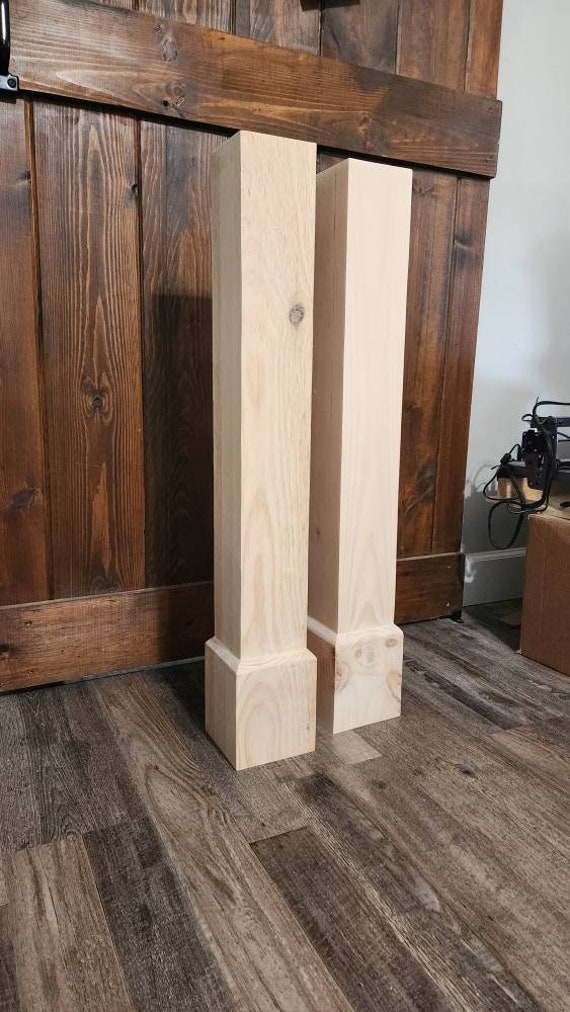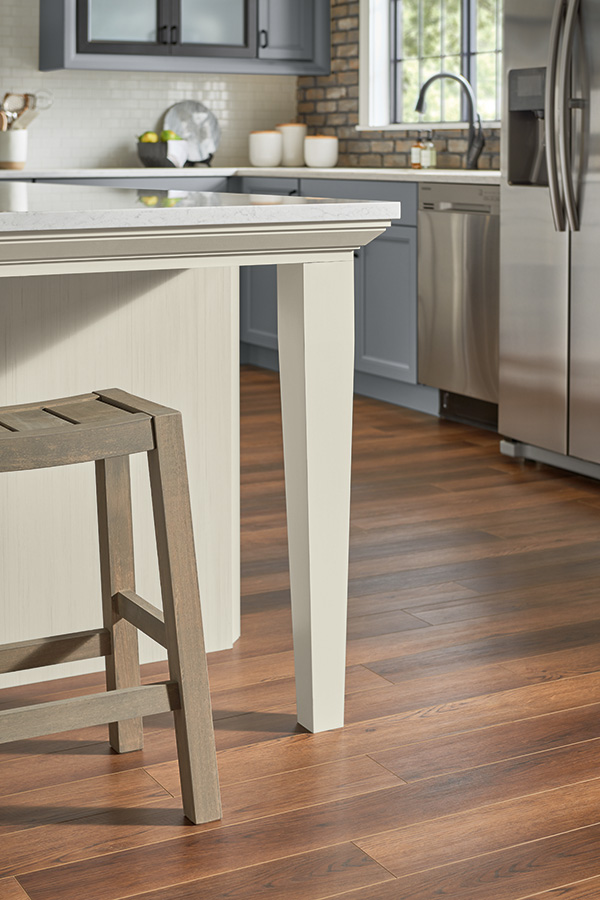The Most Effective Kitchen Island Leg Options for Modern and Traditional Kitchens
The Most Effective Kitchen Island Leg Options for Modern and Traditional Kitchens
Blog Article
The Significance of a Sturdy Kitchen Area Island Leg in Creating a Practical Food Preparation Location
A tough kitchen island leg offers as a basic part in developing a useful food preparation setting, supplying required assistance for both the counter top and various cooking area activities. As cooking areas evolve right into multifunctional areas for food preparation, eating, and socializing, the choice of products and layout considerations for island legs ends up being increasingly crucial.
Benefits of Sturdy Island Legs
Providing crucial support, tough kitchen island legs play an essential duty in improving the capability and resilience of kitchen area islands - kitchen island leg. These legs not just birth the weight of the kitchen counter and any additional products put on the island, yet also add to the overall stability of the structure. A well-supported kitchen island guarantees that it remains functional and upright, also under heavy usage, which is particularly crucial in busy kitchen area environments
Moreover, sturdy island legs can boost the visual appeal of the cooking area. They provide a strong framework that can complement various layout styles, from modern to traditional. This flexibility permits property owners to customize their kitchen area islands according to individual taste while ensuring that the architectural integrity remains uncompromised.
Along with their encouraging role, robust kitchen area island legs can also boost safety. A secure island decreases the threat of accidents brought on by tipping or wobbling, which is particularly important in households with children or elderly individuals. Moreover, solid legs can assist in a smooth circulation of tasks, permitting effective dish prep work and social interactions within the kitchen area area. Eventually, buying tough kitchen area island legs is important for a functional and aesthetically pleasing cooking area.
Materials for Kitchen Island Legs
When picking materials for cooking area island legs, toughness and aesthetic appeal are critical elements to think about. One of the most typical materials consist of wood, metal, and crafted wood, each offering unique advantages.
Hardwood, such as maple, oak, or cherry, is a classic selection because of its toughness and ageless charm (kitchen island leg). It can withstand substantial weight and is immune to use, making it optimal for high-use kitchen settings. Furthermore, wood can be discolored or repainted to match numerous kitchen area designs
Metal legs, usually crafted from stainless steel or wrought iron, supply a industrial and modern-day look. They are incredibly solid and can sustain substantial tons while being immune to wetness and warm, which is helpful in a cooking location. Steel legs can additionally be conveniently cleansed, boosting their usefulness.

Layout Considerations for Stability
The option of products for cooking area island legs straight influences the design factors to consider for security. When making a cooking area island, it is paramount to evaluate the weight-bearing capacity of the selected products. Heavier products, such as strong wood or steel, typically provide greater security, especially under the stress and anxiety of day-to-day use.
In addition, the leg layout should incorporate proper geometry to enhance stability. A larger base enhances the assistance location, decreasing the danger of wobbling or tipping. Factor to consider must also be offered over at this website to the height of the legs; disproportionate leg sizes can cause inequality, compromising the total stability of the island.
Moreover, the circulation of weight across the island is vital. Making certain that the leg placement straightens with the heaviest elements, such as appliances and counter tops, will better boost stability.
Upkeep Tips for Long Life

Depending on the material of the legs-- whether wood, metal, or composite-- proper cleansing approaches must be utilized. Metal legs may require a light polish to avoid corrosion and maintain their gloss.
In addition, tightening up bolts and screws consistently can ensure stability and stop tottering. Consider strengthening the legs with added braces or sustains to improve toughness if the cooking area island experiences hefty use. Applying a visite site safety coating or read this sealer can protect against dampness and discolorations, extending the life expectancy of the legs. By complying with these maintenance pointers, home owners can guarantee their kitchen area island legs remain durable and useful for years to come.
Choosing the Right Leg Style
Regular maintenance makes certain that kitchen area island legs continue to be strong and practical, however choosing the right leg design is just as crucial for both visual appeals and assistance. The selection of leg design can considerably affect the total layout and consistency of your cooking area.

Performance is one more crucial aspect. Thicker legs or those with a strong base can support larger counter tops and tools, boosting the island's energy. Conversely, slender legs might create a ventilated look, ideal for lighter layouts yet possibly much less encouraging.
Verdict
In summary, the value of strong cooking area island legs can not be overemphasized in the development of a practical cooking area. These legs provide important support, boost stability, and contribute to the overall visual of the cooking area.
A strong kitchen area island leg serves as a fundamental component in developing a practical cooking environment, giving required support for both the kitchen counter and different kitchen tasks.Providing crucial assistance, durable kitchen island legs play a pivotal role in boosting the functionality and toughness of cooking area islands. Inevitably, investing in sturdy kitchen island legs is necessary for a functional and visually pleasing cooking location.
Consideration must also be provided to the elevation of the legs; out of proportion leg lengths can lead to discrepancy, endangering the overall stability of the island.
Wood legs give warmth and a classic appearance, while steel legs supply a contemporary and commercial feel.
Report this page